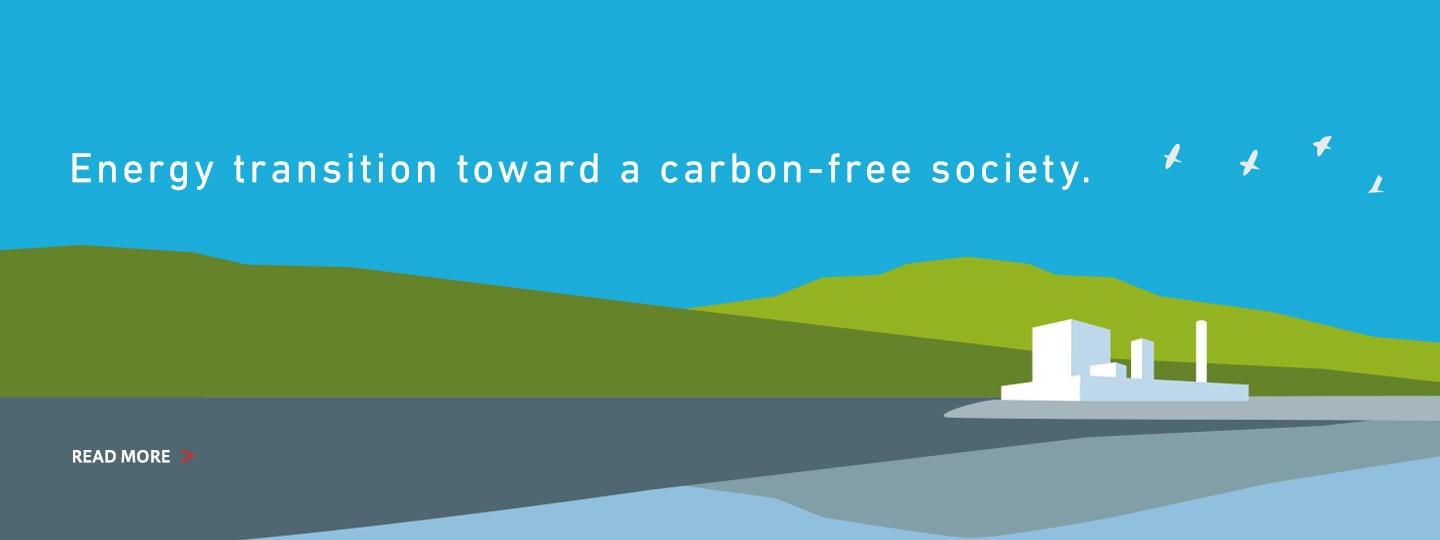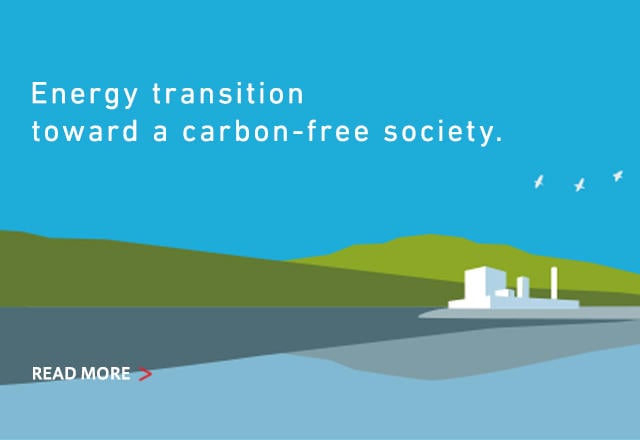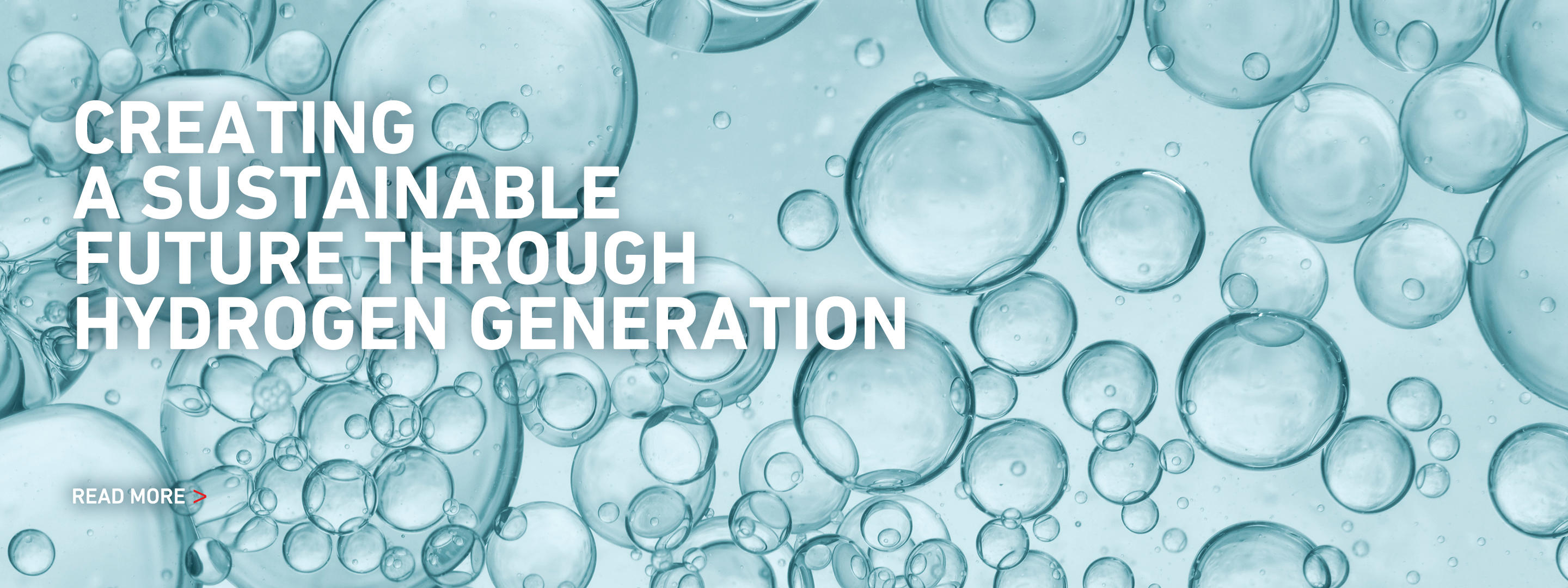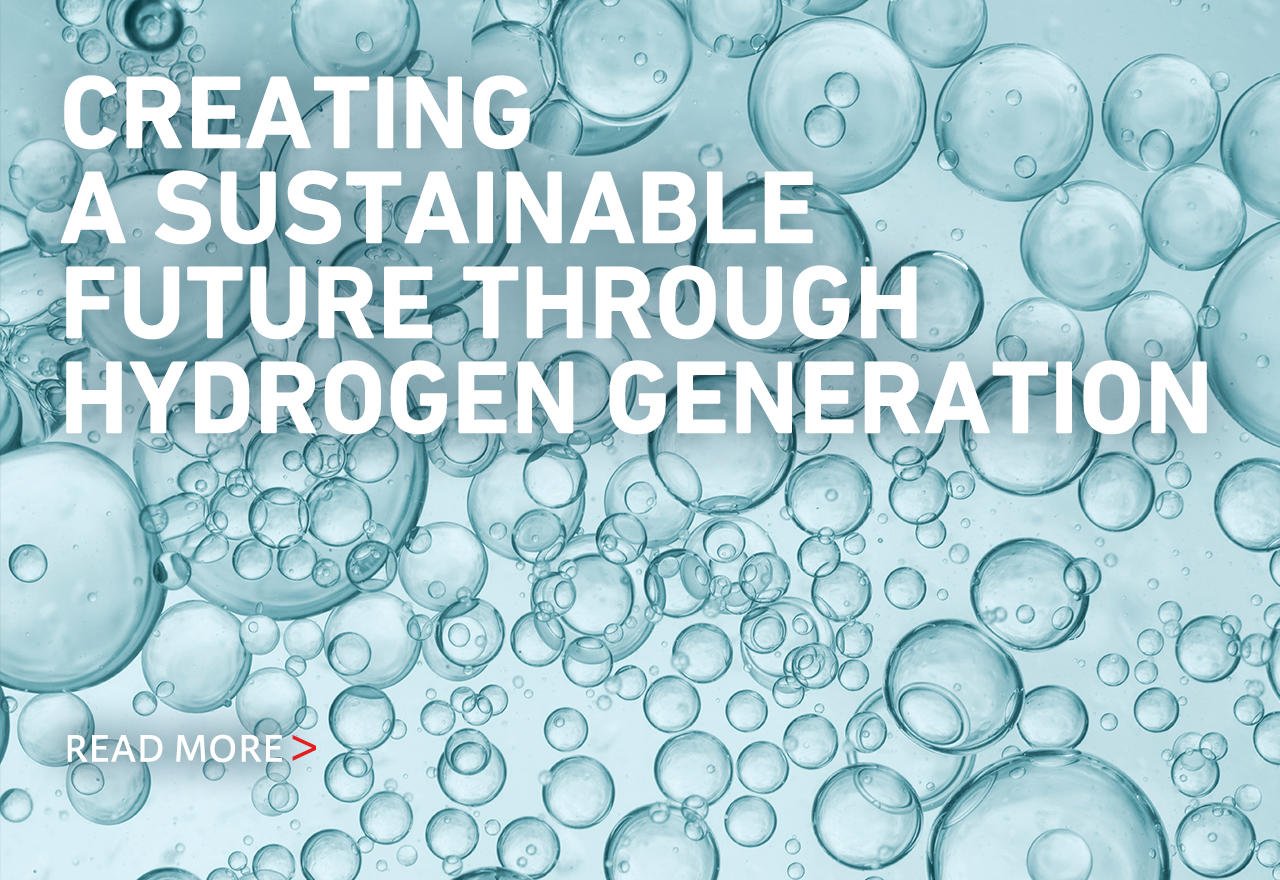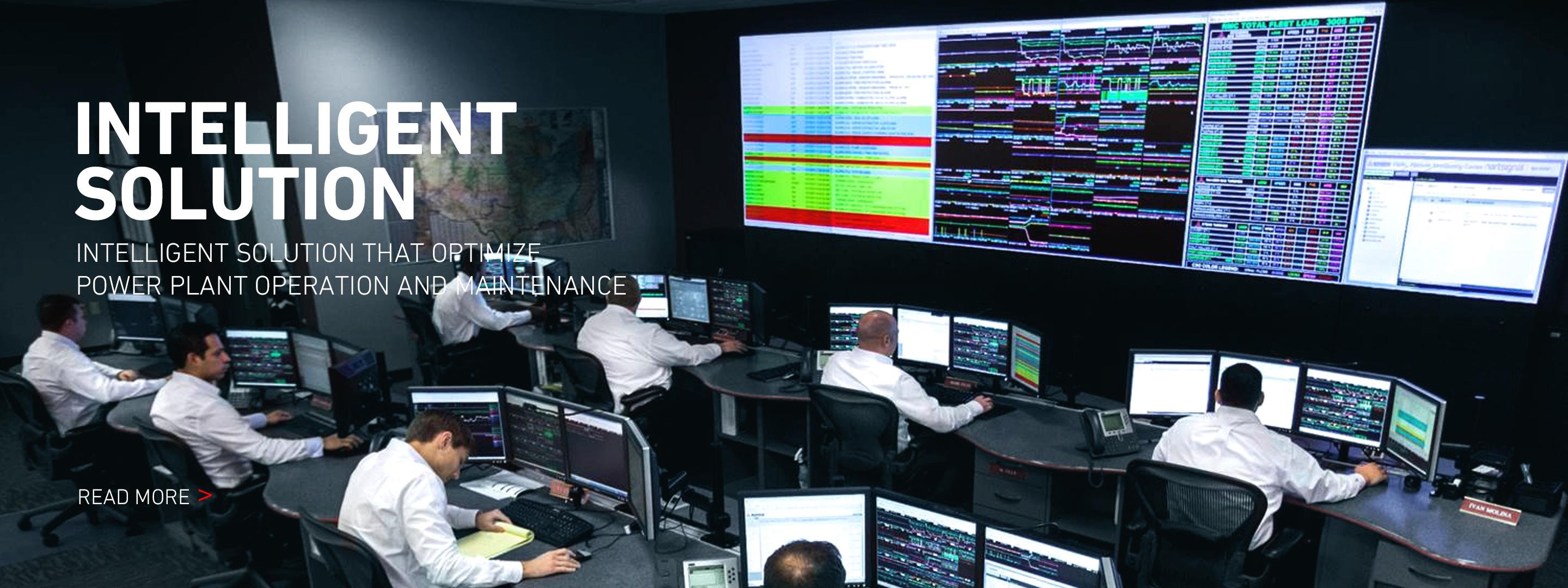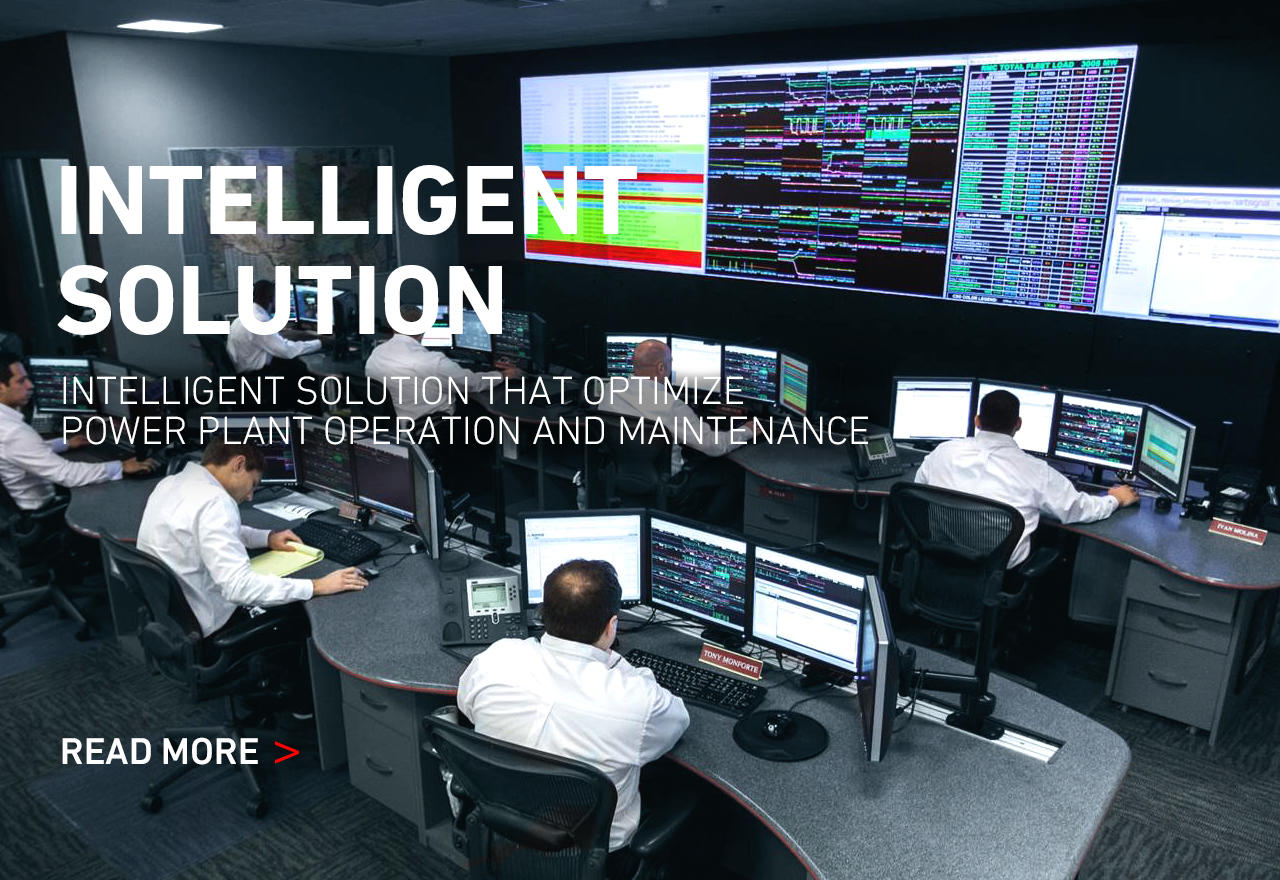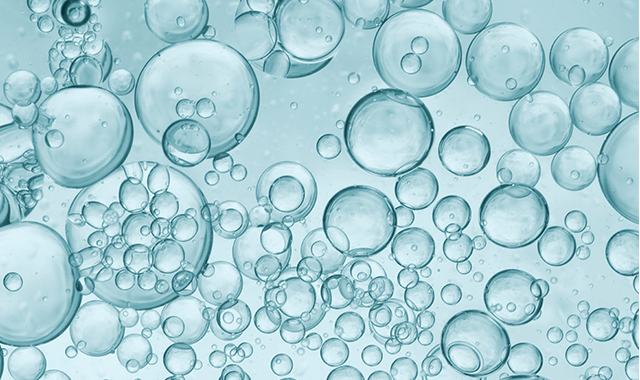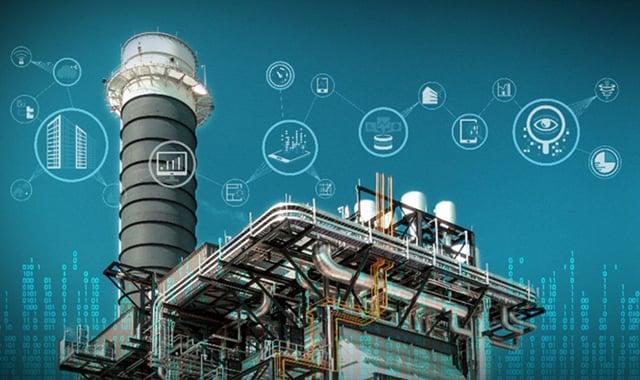-
Mitsubishi Power [ Press Release ]
MHI Begins Operation of SOEC Test Module the Next-Generation High-Efficiency Hydrogen Production Technology at Takasago Hydrogen Park -- The Path to Higher Output and Greater Capacity -- -
Mitsubishi Power [ Press Release ]
Mitsubishi Power Begins Commercial Operation of Seventh M701JAC Gas Turbine in Thailand GTCC Project; Achieves 75,000 AOH To-Date -- Plants in Rayong and Chonburi are Owned by Joint Venture Between Gulf Group and Mitsui & Co., Ltd., with Final Output of 5,300MW from Eight Systems -- -
[ Press Release ] 【Mitsubishi Power Middle East and North Africa】
Mitsubishi Power Awarded Major Contract from Kuwait Ministry of Electricity & Water & Renewable Energy to Upgrade Kuwait's Az-Zour South Power Station
--Boosting Kuwait's Power Grid Reliability and Stability-- -
Mitsubishi Power [ Press Release ]
Mitsubishi Power Receives Order from HK Electric for Natural-gas-fired GTCC Power Generation Equipment -- Core Components of Lamma Power Station Unit 13 -- -
Mitsubishi Power [ Press Release ]
Mitsubishi Power Achieves #1 Global Gas Turbine Market Share in 2023 -- According to McCoy Power Report --
